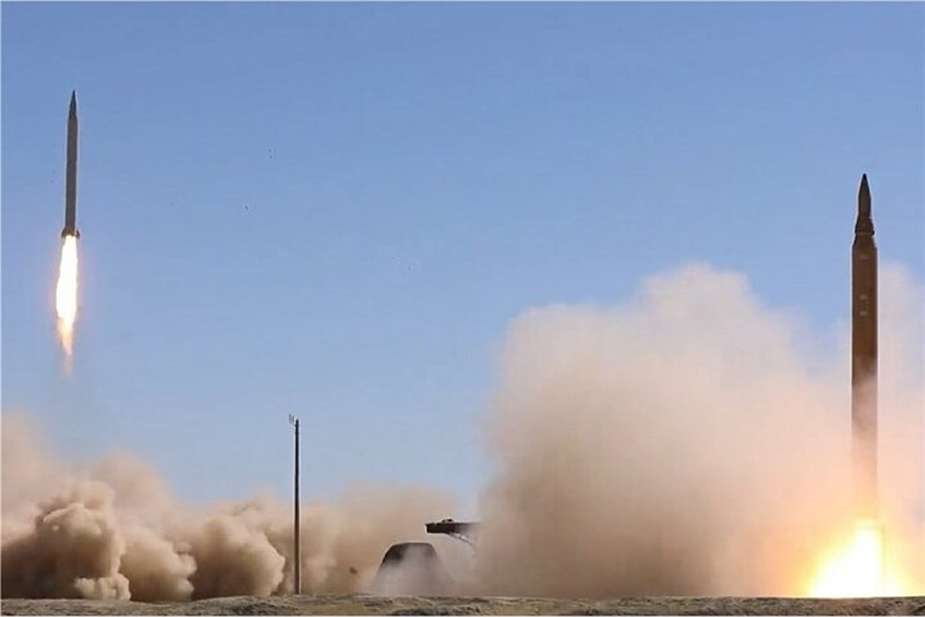Breaking news
Iran simulates destruction of Israeli F-35 hangars with Emad and Qadr missiles.
On February 14, 2024, reports from Tehran indicated that the Islamic Revolutionary Guard Corps (IRGC) conducted a military exercise aimed at the simulated destruction of hangars housing Israeli F-35 fighter jets, which were acquired from the United States. This operation involved launching ballistic missiles as part of the IRGC's training activities on February 13, 2024.
Follow Army Recognition on Google News at this link

Iran has simulated destroying hangars housing the Israeli F-35 (Picture source: Iranian Media)
During the exercise, the IRGC utilized upgraded versions of its Emad and Qadr ballistic missiles to strike replicas of the F-35 hangars situated within a constructed model of Israel's Palmachim Airbase. These ballistic missiles were highlighted for their advanced explosive warheads, in addition to improvements in their range and accuracy.
Reports from Tasnim revealed that the enhanced Emad liquid-fuel missiles hit their targets approximately 1,700 kilometers (around 1,056 miles) away, with remarkable precision showing a deviation of less than four meters.
The Emad and Qadr ballistic missiles are based on enhancements to the Shahab-3 variant, a missile whose origins can be traced back to foreign technologies acquired in the 1990s but have since evolved through local Iranian expertise.
The Qadr-1, in particular, is an improved version of the Shahab-3A, also known as Qadr-101 and Qadr-110. It was unveiled in 2007 and underwent tests in 2015, revealing an estimated range of 1,950 km, although adjustments likely reduced its practical range to about 1,600 km. The Qadr-1 is distinguished by its conical nose and cylindrical shape, which reduces the volume of its payload but increases the speed of its reentry vehicle, thus complicating interceptions by missile defense systems. The Qadr is assumed to carry a 750 kg warhead, an improved capacity compared to earlier versions of the Shahab-3.
The Emad, on the other hand, was introduced in 2015 as the first Iranian missile capable of being guided and controlled until it hits its target. Although officially classified as a conventional weapon by Iran, its test was considered by the United States as a violation of United Nations Security Council resolutions, due to its inherent capability to carry a nuclear payload. The Emad is essentially a modified reentry vehicle, intended to be mounted on a Shahab-3 or Qadr missile, offering increased stability and maneuverability for improved accuracy. It is reported that the Emad has a range of 1,700 km with a payload capacity of 750 kg, classifying it as a medium-range ballistic missile (MRBM).
Iran claim this event follows a recent statement attributed to Israeli Prime Minister Benjamin Netanyahu, in which he reportedly issued a military threat against Iran.























